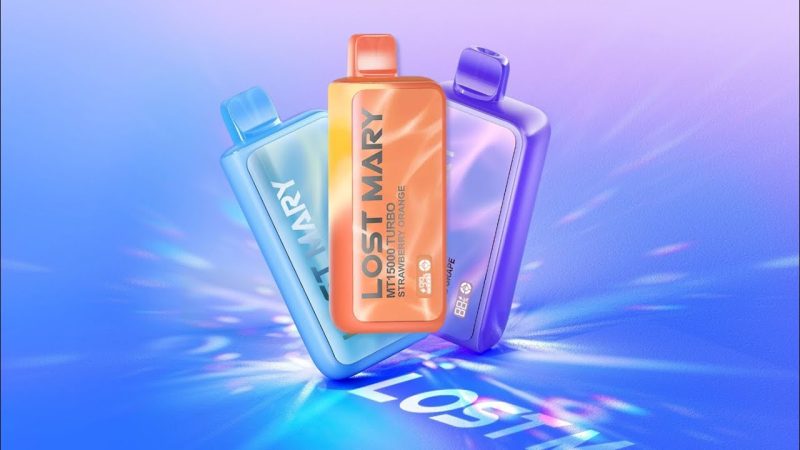A Guide to Carbonated Beverage Dispensers

An increasing number of restaurants and retail food service programmes distinguish themselves from beverage programmes.
The size of the equipment will be determined by the number of carbonated beverages the operator desires to serve.
Several foodservice operators use self-service and full-service cold sparkling water dispensers to serve soft drinks and carbonated flavoured water. In addition, flavour shots are a popular option for customers to customise their drinks with various infusions.
The syrup and water are mixed with fountain dispensers at the moment of distribution. In the upper half of the unit, carbonated water and flavoured syrup are combined in the right ratio. At the point of dispensing, the adjustable dispenser valves provide different beverage ratios, such as 5-to-1 and 6-to-1.
The equipment size will be determined by the number of carbonated beverages the operator desires to serve. Countertop ice/beverage units with a width of 22 to 24 inches normally have 6 valves. A 30-inch-wide unit with 8 to 10 valves is the most frequent model used for self-service in both quick-service and full-service applications. Large-format dispensers, which measure 42 to 44 inches wide and hold 12 brands, are most commonly found in convenience stores and other retail settings. There are additional 60-inch-wide beverage dispensers with 20 valves for high-volume applications.
While most beverage dispensers are countertop units, drop-in variants also slot into a countertop or stand.
Most dispensers are designed to store and dispense ice and deliver cold beverages. Therefore, these beverages should be stored between 36 and 38 degrees Fahrenheit.
Mechanical or ice-cooled cooling systems are used in carbonated beverage dispensers. Ice-cooled dispensers are commonly used in food service and a cold plate to chill the product. These machines have an infinite capacity since they use ice as a chilling agent for water and syrup lines. The type of refrigeration system used in mechanical units dictates how much capacity may be accommodated. Operators must leave enough space not only for the equipment but also for the bag and box syrup.
Flavor shots are a newer innovation that allows consumers to customise their soft drinks like diet coke. Foodservice providers must determine how many flavours to offer. Cherry, vanilla, and lemon-lime are popular flavours. Beverage dispensers with up to eight separate multi-flavor valves are available for organisations wishing to expand their drink offerings. Multi-flavor valves hold up to 16 soft drink flavours in 30 inches of space and have four dispense points.
Underestimating the amount of ice required for beverage serving is a common error made by operators. When evaluating how much ice an operation requires, remember that ice-cooled refrigeration dispenser devices might utilise up to 30 percent to 35 percent of the ice. This means that up to 8712 pounds of ice will be unavailable in dispensed beverages for a 250-pound bin. Therefore, rather than producing ice, it is cheaper and easier to store it. It’s also worth noting that chewable ice necessitates a different setup in terms of adaptors and dispensing adjustments than cubed ice.
Ice bins ranging from 60 to 100 pounds are commonly used in back-of-house beverage dispensers. In addition, top-mount ice machines that feed ice straight into a bin are available in self-service dispensers, which can save labour.
Several beverage dispensing inventions use digital volumetric and flowmeter technology and touch-screen technology.







